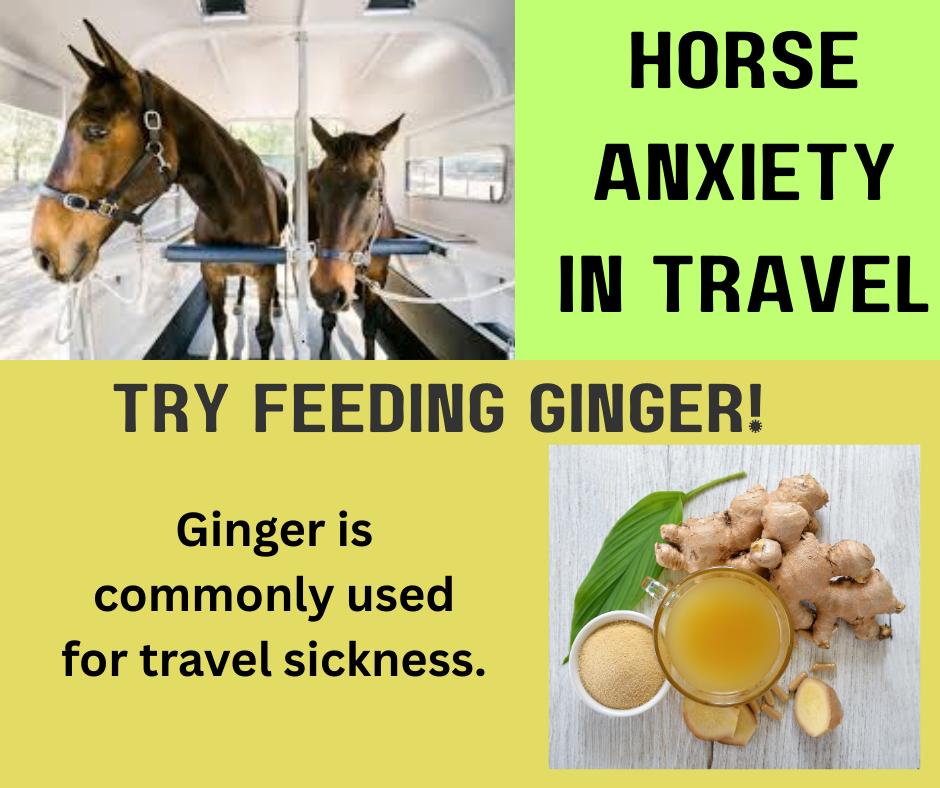Care of the Late Pregnant Mare
- Joan Deetman
- Aug 11, 2024
- 1 min read
As the mares' foaling date approaches, there are a few important points horse owners should be aware of to minimise risks of complications.

Colostrum Production. The mare must produce good-quality colostrum to transfer immune components to the foal. To make these components, the mare should be in the environment where the foal will be born well before her foaling date. Ensure the mare is at the property of foaling 4- 6 weeks before foaling.
Prepare your foaling paddock. Ideally, the paddock where the mare will foal should be decontaminated 4-6 weeks before the mare enters the paddock. This means removing other horses, spreading or removing manure to minimise worm larvae population and ensure the fences are secure. Floodlights are ideal for monitoring the foaling process.
Reduce stress - do not transport the mare. Transport is stressful - stress induces cortisol production - cortisol can cause early parturition. Nagel, C., Melchert, M., Aurich, J., & Aurich, C. (2020). Road Transport of Late-Pregnant Mares Advances the Onset of Foaling. Journal of Equine Veterinary Science, 86, 102894. https://doi.org/10.1016/j.jevs.2019.102894
Be prepared. If a separate foaling paddock is used the mare should be in the paddock 1-2 weeks before her due date so she can get used to the surroundings and new horses. Ensure you have your foaling kit ready. Ensure you have a vet contact for advice if required. Establish contact with a vet before any emergency. Remember - horses can't read - she may give birth 2 weeks before or 2 weeks after her due date.





Comments